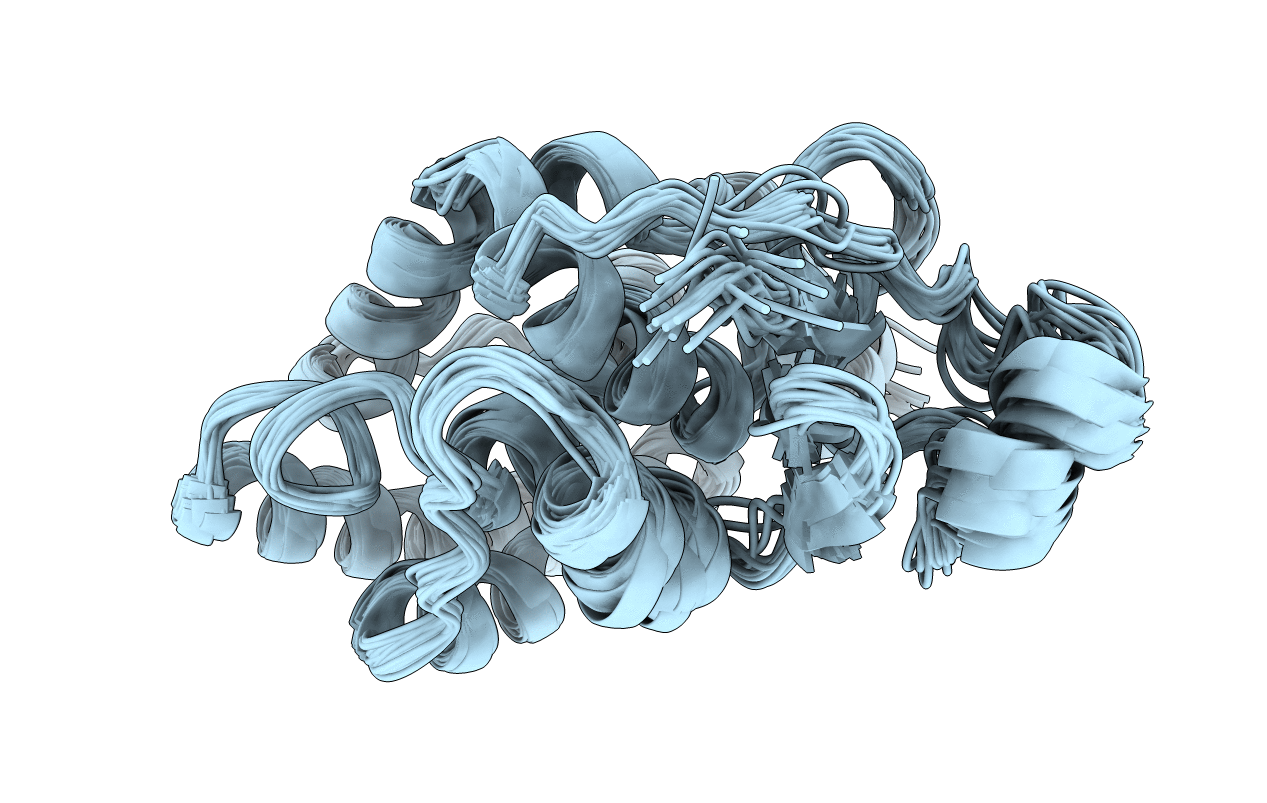
Deposition Date
2015-07-15
Release Date
2016-03-16
Last Version Date
2024-05-15
Entry Detail
PDB ID:
2N5F
Keywords:
Title:
Solution structure of the dehydroascorbate reductase 3A from Populus trichocarpa
Biological Source:
Source Organism:
Populus trichocarpa (Taxon ID: 3694)
Host Organism:
Method Details:
Experimental Method:
Conformers Calculated:
100
Conformers Submitted:
20
Selection Criteria:
structures with the lowest energy


